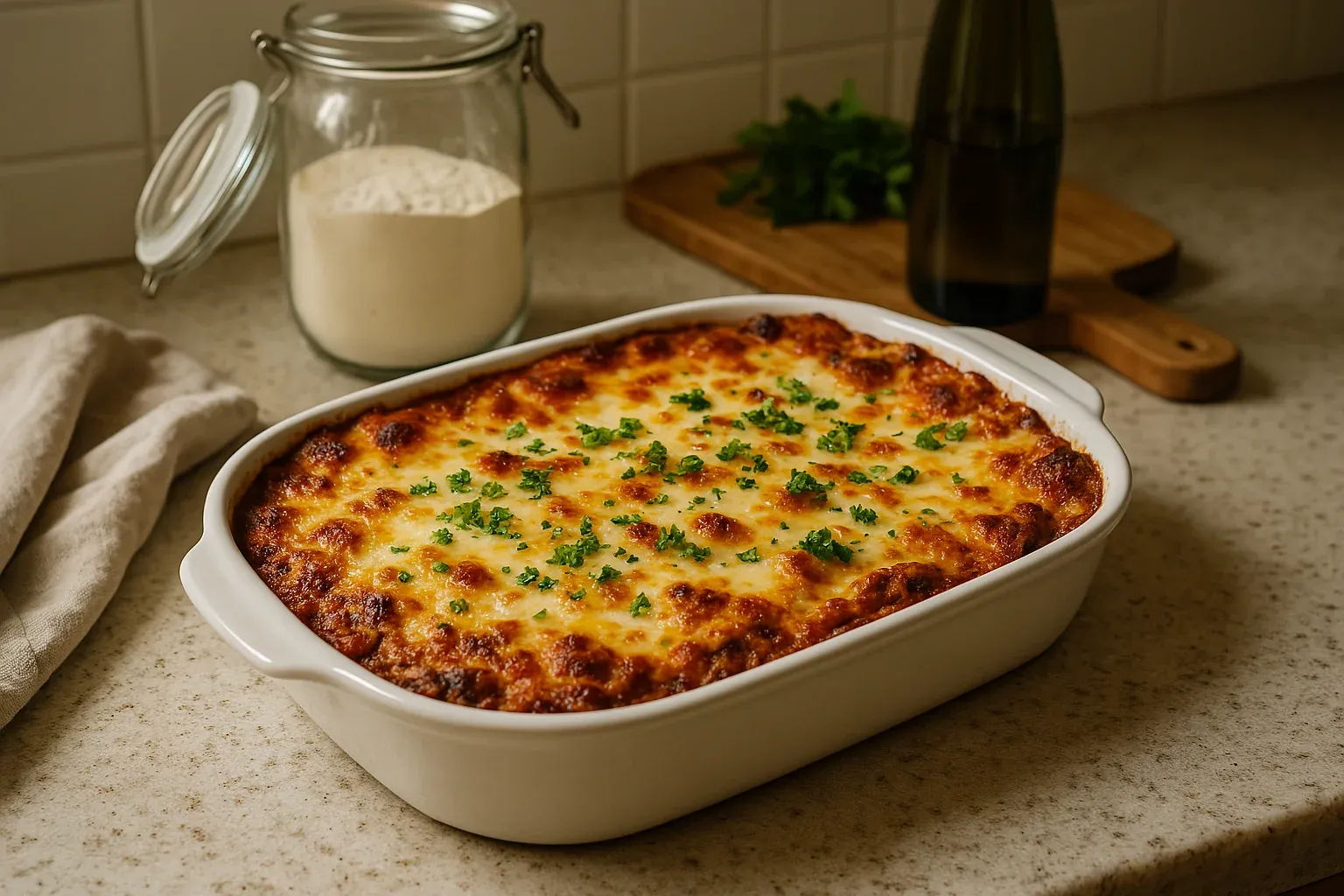If there was a temple for lasagne, I would worship there as a devotee on a regular basis. (You can read more about my devotion to it here).
It is one of the most comforting of all foods, in my opinion. I dare not make it too often. It is a long, long process. And my lack of discipline when it comes to its consumption usually renders me unmovable for a day or two.
There is no prescription to a perfect lasagne and what follows is merely a suggestion. You can substitute most of the ingredients (except for the pasta, for which you should use the kind which does not need cooking in advance). All I ask is that you set aside an appropriate amount of time, try it, then try it again, and again, and again… until it is your own.
Now… take a deep breath, and begin.
Ready
For the ragu
For the white sauce
For the lasagne
Set
Go!
Recommendations
You can make the ragu in advance (it benefits, I think from an extra day of rest, but it is by no means essential).
You must taste the ragu for flavor. If it lacks something, throw something in… some Worcestershire sauce for instance, more tomato paste, some dried herbs, perhaps some grated nutmeg… whatever you think will work.
If you have an oven with one of those see-through doors, sit on the floor watching it cook. It browns, it bubbles, it calls your name. Close your eyes for a moment, cross your legs and do that thumb-finger-touchy thing. You are at the altar of the Temple of Lasagne. Ohm.

